Go Green With E-Statements
Due to the evolution of environmentally-friendly business practices in the workplace, many businesses, including several credit unions across the nation, have made giant efforts to become more eco-friendly. They are adopting practices that are designed to minimize the impact on the local environment and to cut down on costs and resources.
In the quest for greater efficiency, paper is the low-hanging fruit. The supplies and resources needed for paperwork is one of the largest overhead expenses of any credit union. This is money that can be better used to compensate employees, reduce costs to the customer, and improve existing services. Continuing to rely on paper also creates a barrier for professionals to conduct business at home. By electing to go paperless, we are eliminating the need for printers, fax machines, paper shredders, and many other costly products that most individuals don’t even have access to in their own homes.
Using paper contributes to a lot of unneeded work, which in turn creates additional costs, primarily in lost time. When paper is used for filing, it requires a physical location to store it. If your credit union has tens of thousands of members, files such as loan docs, dispute forms, or transaction slips can accumulate to several hours of work retrieving documents. Going paperless eliminates this problem because documents are stored electronically, most commonly using cloud storage or in a document management system, such as OMNICOMMANDER’s INTRANET. When your documents are stored electronically, they can be organized seamlessly and can be found in seconds, saving thousands of hours in lost time per year. By allowing time to be used more productively, paperless billing saves your credit union a great number of costs.
Not only does eliminating the use of paper save personnel time, but it also saves on the cost of paper itself. With an average cost of $9 for every piece of mail sent to a customer, e-Statement adoption can save your financial institution up to two-thirds of this cost. If you have 100,000 accounts, that is a large chunk of timber and is money that can be put to better use.
If the savings are so drastic, why hasn’t everyone switched? A number of banks and credit unions believe their members will not respond well to paperless billing. We, on the other hand, are not so sure. Nearly 17% of members never even open their paper statements, and 35% of members open their paper statements four or fewer times per year. That is a lot of wasted time and paper. Starting with the tactics below is a great place to start getting members engaged in your green efforts.
Make e-Statements the default choice for new members only with the opinion to elect into paper delivery.
If making e-Statements the default option seems too radical, you can always go for a voluntary opt-in strategy for everyone. Keep in mind that this approach will only be effective if you invest in marketing support and incentive programs to raise awareness among members. Otherwise, it is unlikely that a significant number of members will opt for e-Statements on their own.
Make your e-Statements better than your paper statements, so there is an added benefit to switching.
Switch everyone’s delivery default to e-Statements. This requires a lot of advance notice and customer service to avoid a backlash, generally from older members resistant to change. As with the first approach, members would still have the option to make paper the default.
Link paper statement delivery to a monthly service fee.
Use both your mobile app and website to continue to inform and incentivize paperless billing. By doing so you are creating a platform for easy-to-access information and continuing to drive members to take action.
Switching members from paper to electronic statements is a no-brainer from a cost-savings perspective. However, financial institutions need to implement ongoing training, marketing, and conversion plans to increase electronic delivery. More important than cost savings is that e-Statements open up members to the use of online and mobile banking. The paperless possibilities are endless!




